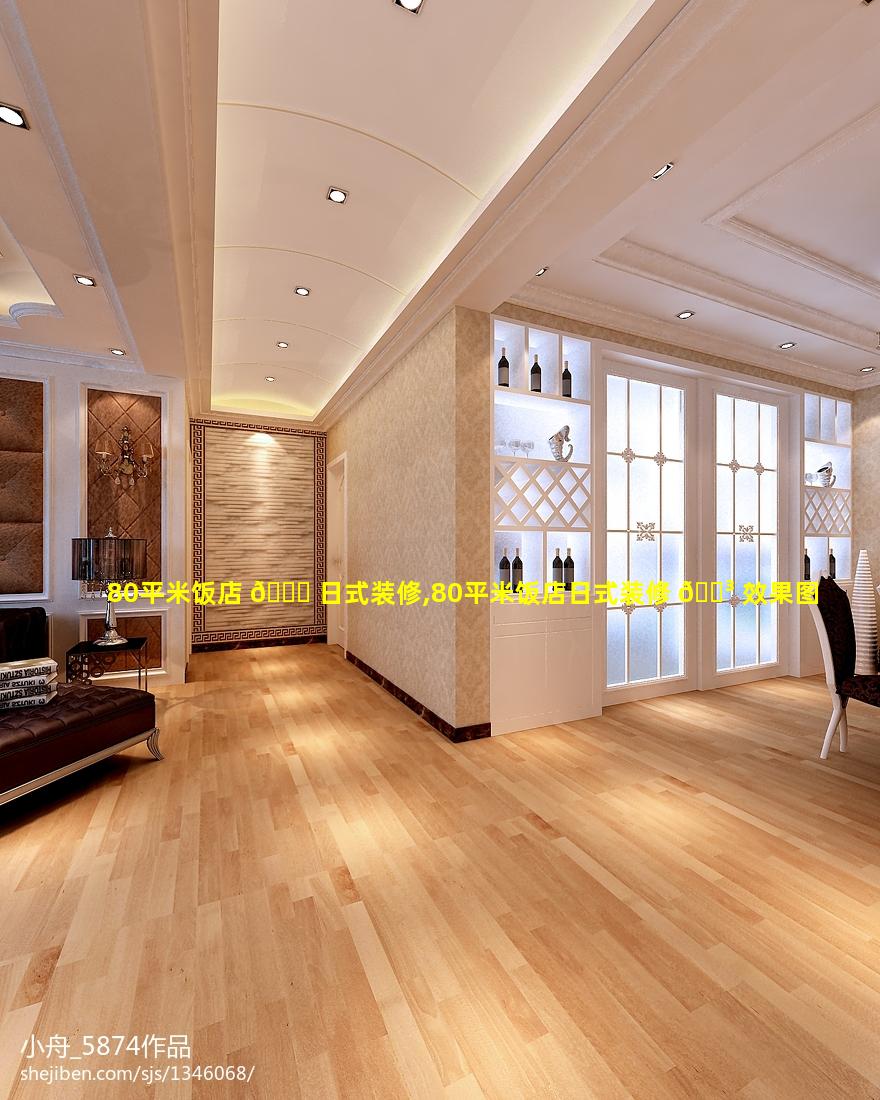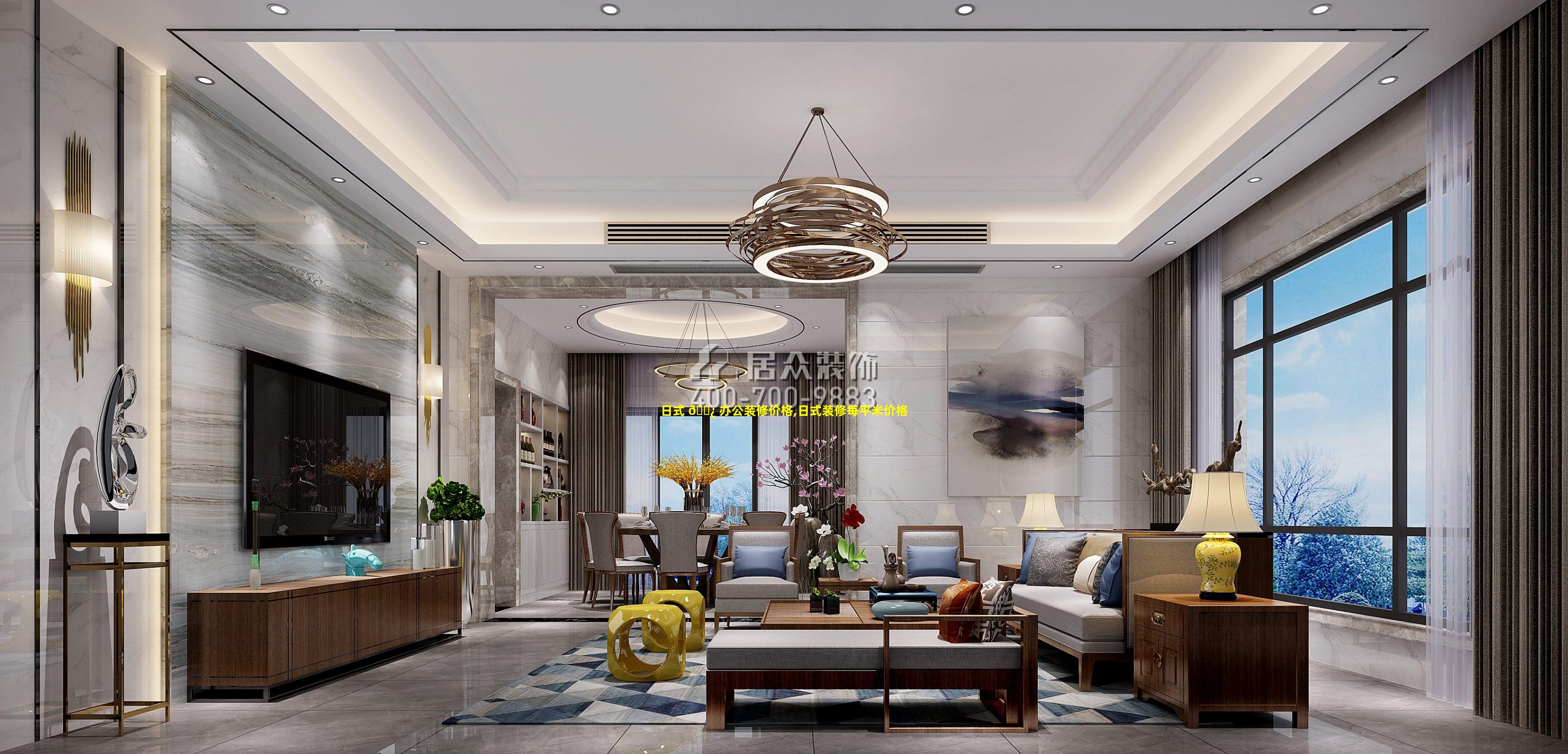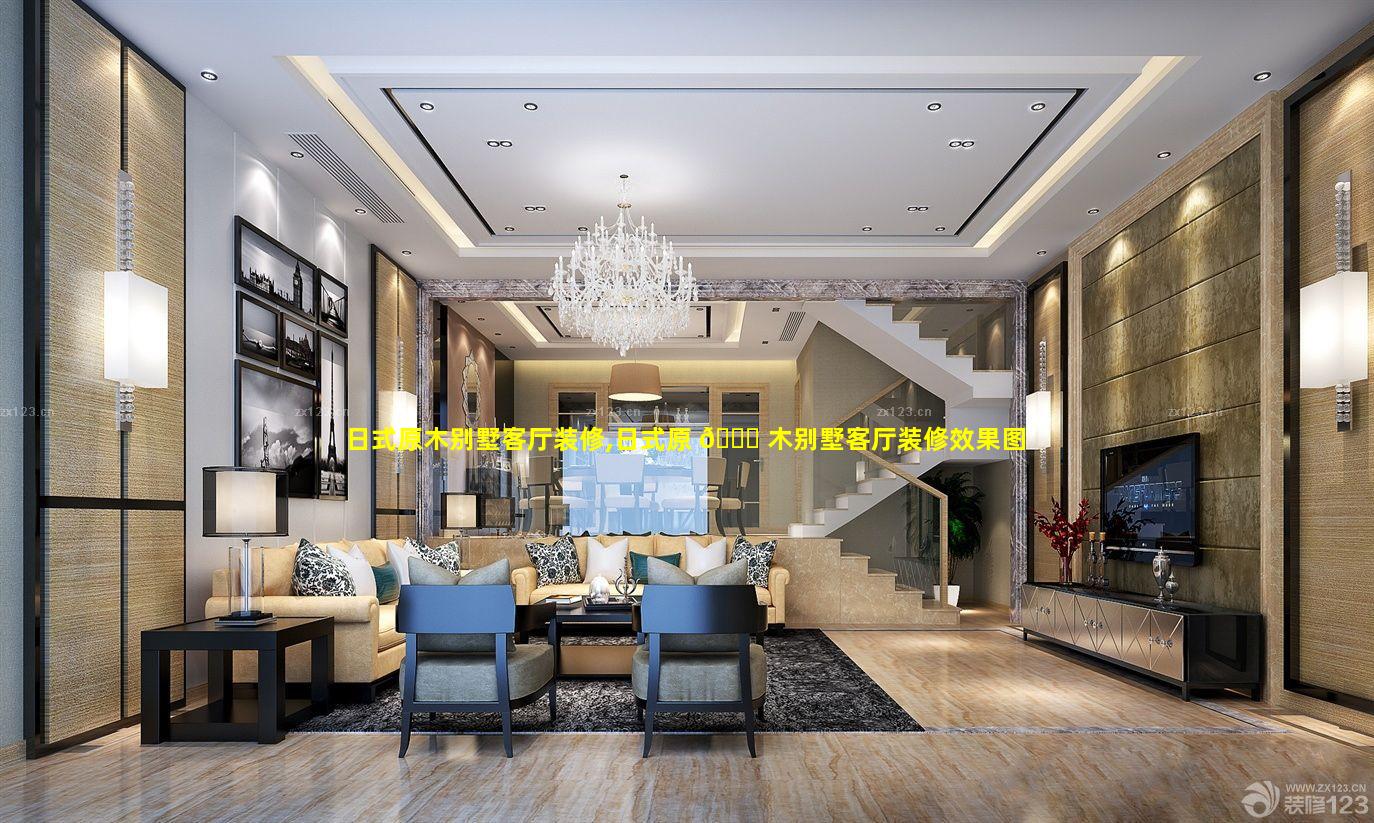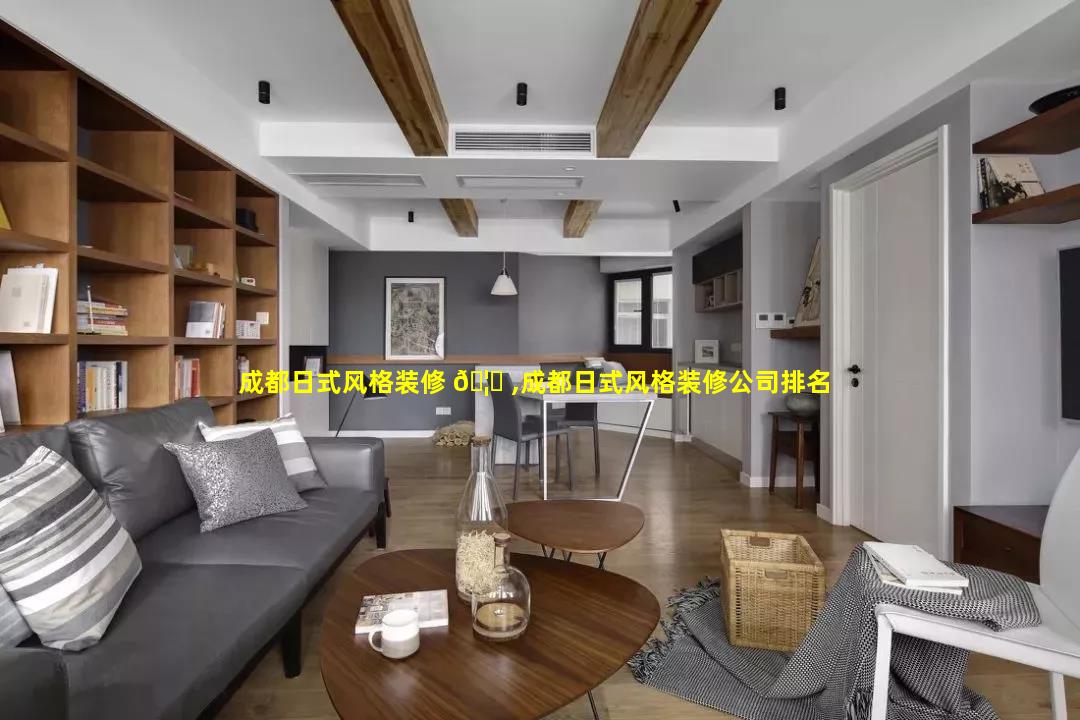餐饮装修简日式,简日式风格装修效果图
- 作者: 沈米
- 发布时间:2024-11-16
1、餐饮装修简日式
餐饮装修简日式风格指南
配色方案:
自然色调: 米色、浅棕色、竹绿色、淡蓝色
对比色: 黑色、红色、浅灰色
材料:
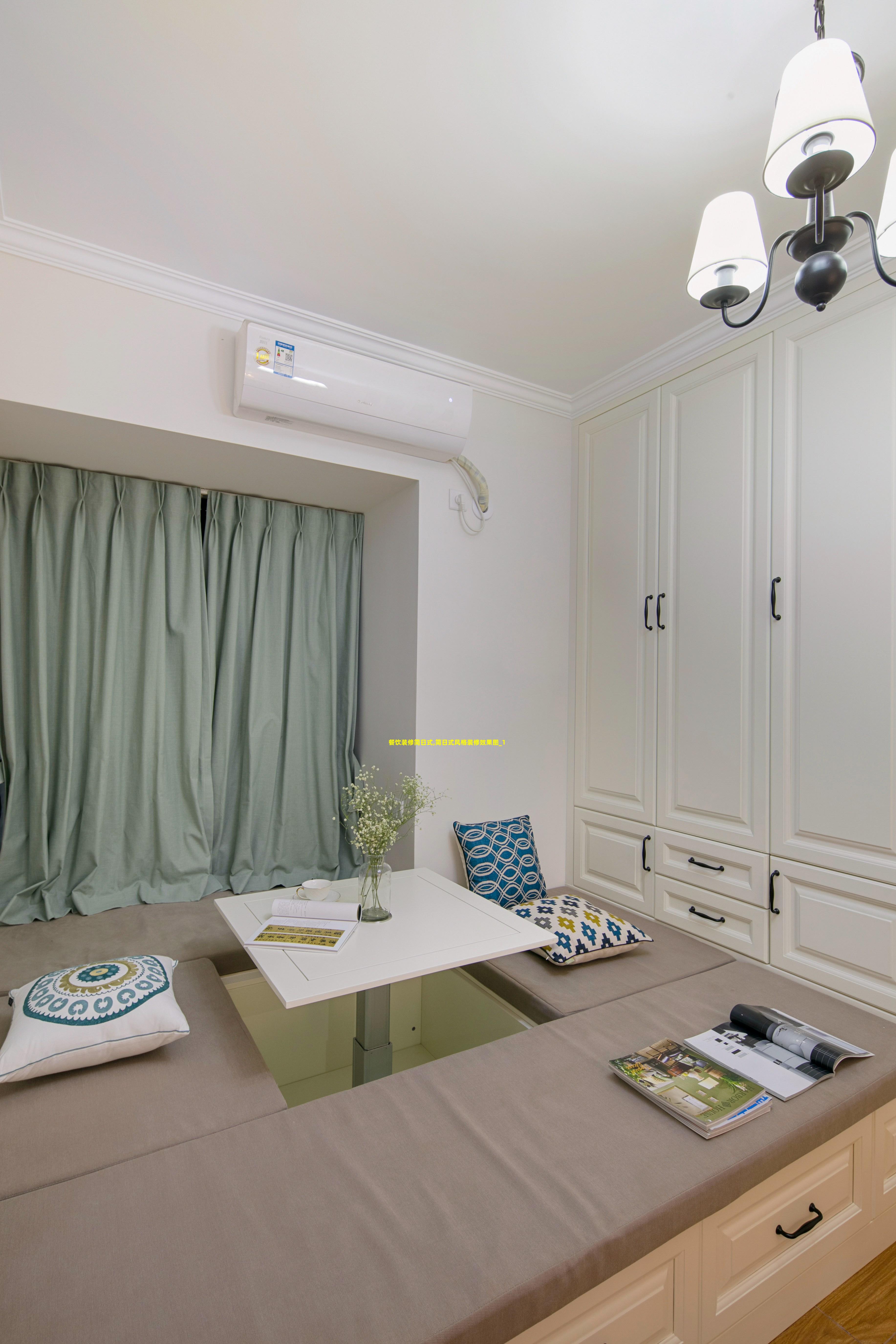
木材: 竹子、枫木、橡木
纸张: 和纸、宣纸
石头: 卵石、板岩
玻璃: 清晰或磨砂
特色元素:
日式屏风: 木质框架,覆盖和纸或布料,用于营造私密感和分区域
榻榻米地板: 编织稻草垫子,创造舒适和传统的感觉
障子窗: 由和纸制成的滑动玻璃窗,提供自然光线和通风
石灯笼: 传统日式照明装置,營造宁静的氛围
枯山水庭院: 以岩石和沙子制成的装饰性景观,象征自然与禅意的和谐
竹帘: 用于遮挡阳光或营造隐私感
日本茶具: 茶壶、茶杯、茶道工具,增添日式风情
空间规划:
开放式布局: 宽敞的空间,注重自然光线
分区域: 使用屏风或障子窗分隔用餐区、等候区和烹饪区
私密用餐区: 通过屏风或障子窗营造私密空间
照明:
自然光线: 利用大窗户和障子窗引入尽可能多的自然光线
吊灯: 纸或竹制吊灯,提供温暖且柔和的光线
壁灯: 沿墙安装,创造出柔和的环境光线
灯光: 嵌入式或轨道式照明,提供重点照明
装饰:
日本画作: 山水画、花卉画或书法
陶瓷: 花瓶、盘子、茶具,增添日式美感
绿植: 竹子、盆景或日本枫树,营造自然氛围
日式摆饰: 风铃、达摩不倒翁或招财猫,增添趣味和传统
2、简日式风格装修效果图
Here are some essential elements of a Japanesestyle home:
1. Natural Materials:
Wood is extensively used in Japanese architecture, both for structural elements and decorative purposes.
Bamboo adds an organic touch and is often used for blinds, screens and flooring.
Stone is used for pathways, gardens and water features, bringing a natural element into the home.
Paper, particularly rice paper, is used for sliding doors, screens and wall coverings, allowing diffused light to enter the space.
2. Minimalism:
Japanese design emphasizes simplicity and functionality, with a focus on clean lines and uncluttered spaces.
Furniture is often lowslung and made from natural materials, with simple shapes and no unnecessary ornamentation.
Open floor plans and sliding doors allow for flexibility and fluidity in the living space.
3. Nature:
Japanese architecture often incorporates nature into the design, both in indoor and outdoor spaces.
Gardens, courtyards and water features are common, creating a sense of tranquility and connection to the natural world.
Large windows and sliding doors bring the outside in, allowing for natural light and ventilation.
4. Traditional Elements:
Tatami mats, made from woven straw, are used for flooring in traditional Japanese rooms.
Shoji screens, with their translucent paper panels and wooden frames, provide privacy and diffused light.
Fusuma doors, opaque sliding doors covered in paper or fabric, create flexible partitions within the home.
5. Zen Influence:
Japanese design is heavily influenced by Zen principles, which emphasize mindfulness, simplicity and harmony.
Neutral colors, such as white, beige and gray, create a sense of serenity and calm.
Natural light plays a vital role, fostering a connection to the outside world and promoting a sense of wellbeing.
3、日式简装修效果图
[图片]
[图片]
[图片]
[图片]
[图片]
[图片]
[图片]
[图片]
[图片]
4、餐饮时尚简装修
简约时尚餐饮装修
色彩搭配:
以中性色为主调,如白色、灰色、米色。
点缀鲜艳色调,如绿色、蓝色、黄色,营造活力感。
空间布局:
开放式格局,让空间更加明亮通透。
使用玻璃隔断或活动屏风,划分区域同时保持视线通畅。
设置舒适的卡座和吧台,提供灵活多样的用餐选择。
家具选择:
简约线条的木质家具,营造温暖自然氛围。
金属元素的加入,增添时尚感。
舒适的软垫座椅,提升用餐体验。
装饰元素:
植物绿植,带来生机和活力。
艺术画作或摄影作品,点缀空间并营造氛围。
镜子,扩大空间感并反射自然光。
照明设计:
自然光为主,配合人工照明。
使用射灯或吊灯,营造局部照明效果。
避免过强的光线,打造温馨柔和的用餐环境。
细节处理:
贴心的收纳空间,保持整洁有序。
精致的餐具摆设,提升用餐体验。
柔和的背景音乐,营造惬意的氛围。
示例:
浅灰色墙壁,搭配绿色皮革卡座,点缀金色吊灯。
白色开放式厨房,配有实木餐桌和吧台。
天花板采用镜面设计,营造通透感。
墙上悬挂抽象画作,增加艺术气息。
绿植点缀各处,带来自然元素。

